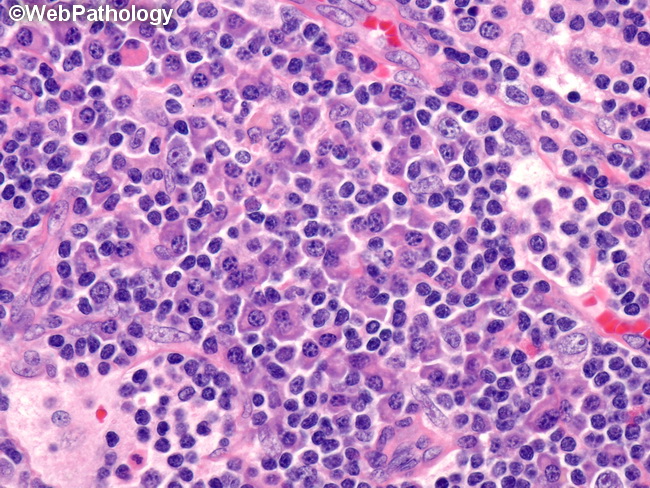Rosai-Dorfman Disease : Treatment


Comments:
Rosai-Dorfman disease (RDD) is a non-malignant histiocytic disorder that pursues a self-limited but somewhat protracted clinical course. Most cases eventually undergo spontaneous remission in 3 to 9 months. Systemic therapy is rarely required and is only recommended for symptomatic patients or those who have vital organ or system involvement (e.g. those presenting with CNS lesions or intestinal obstruction). The long-term prognosis is excellent. Rarely, the disease can last years or even be fatal (5%-10% of cases), usually in immunocompromised individuals. In patients with multiple nodal or extranodal sites of involvement, the disease may pursue an aggressive course or recur after spontaneous remission. Complete surgical resection is the most effective treatment for such cases. Corticosteroid therapy and radiation have been used in patients with the involvement of critical structures such as upper respiratory tract, orbit, or central nervous system. Disseminated or refractory RDD not responding to other modalities may require systemic chemotherapy. Vinca alkaloids, anthracyclines, and alkylating agents all have been used with varying results. The image shows increased numbers of plasma cells in the medullary areas of a lymph node involved by Rosai-Dorfman disease.



